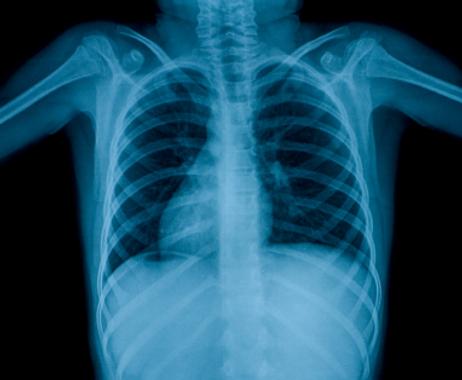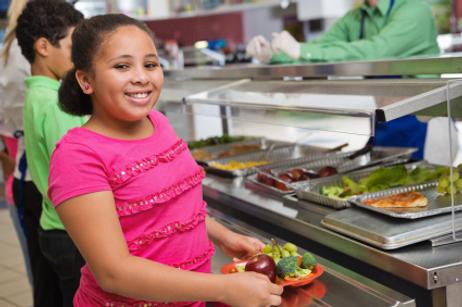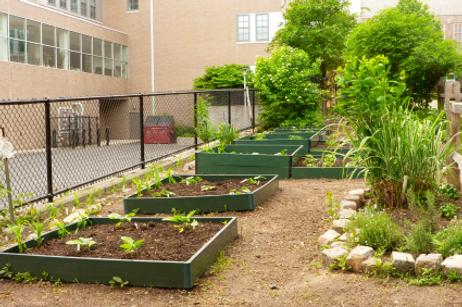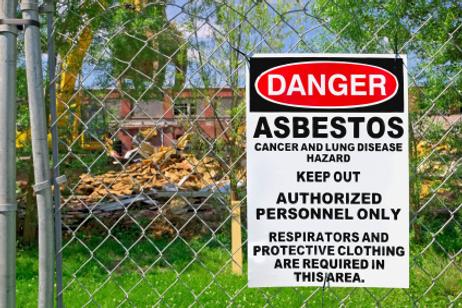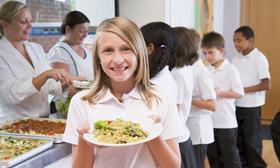Tuberculosis is often thought of as a disease that primarily strikes poverty-laden areas and third-world countries. However, recent cases of tuberculosis in public schools in the United States have raised new concerns about the illness right here at home. While the risk of getting tuberculosis in this country is still relatively rare, it is not completely out of the question. This article will explore the new cases of tuberculosis that have been reported at schools around the country, as well as a brief overview of the illness and some of the symptoms to watch.
What is Tuberculosis?
According to the Health Protection Agency, tuberculosis, also known as TB, is an infectious disease caused by the bacteria tubercle bacillus. These bacteria can survive in the body for years in a dormant state, which explains why some people can test positive for the infection, but not present with any symptoms of the disease. While tuberculosis ran rampant during the past two centuries, incidences of the disease are much lower today in most industrialized nations. However, in other parts of the world, tuberculosis is still a big problem, and health experts estimate that around one-third of the world's population is infected.
How is Tuberculosis Spread?
Tuberculosis is spread through the air, when a person who has an active form of the illness coughs, sneezes or talks, but it takes significant exposure over a period of time to actually "catch" the disease. The Health Protection Agency cites studies that

